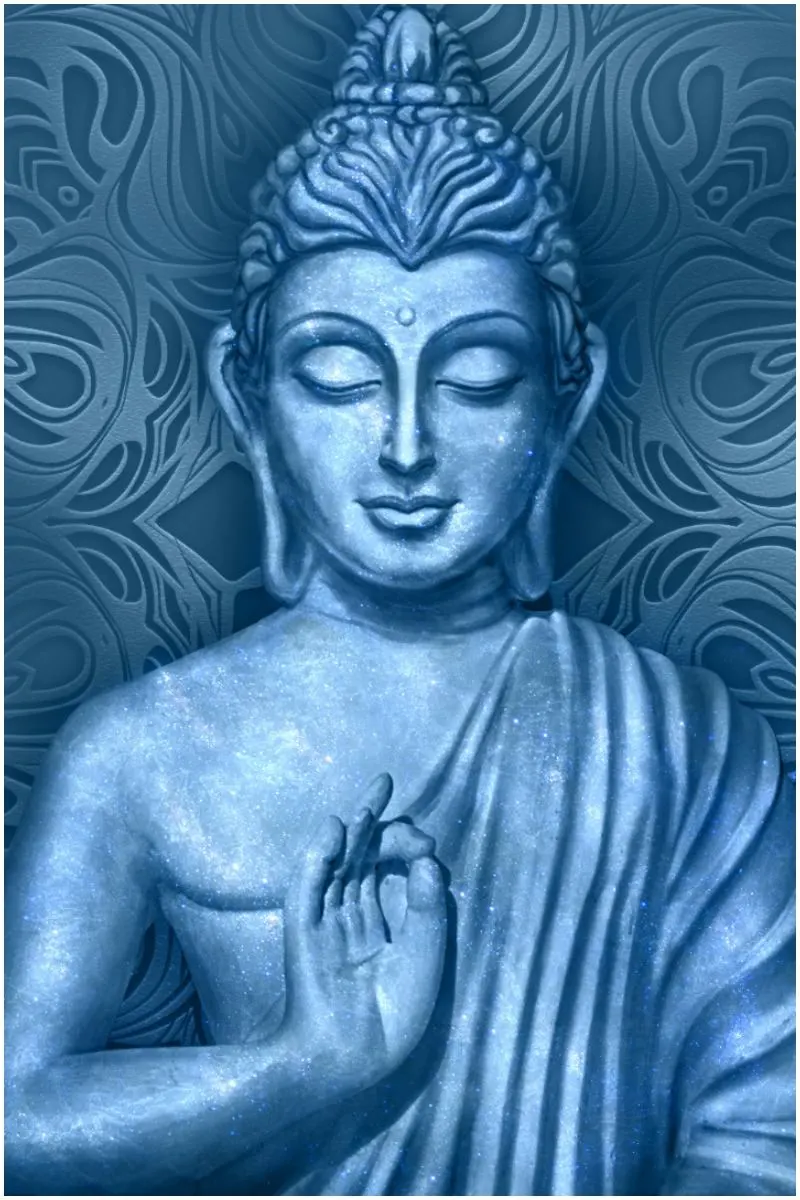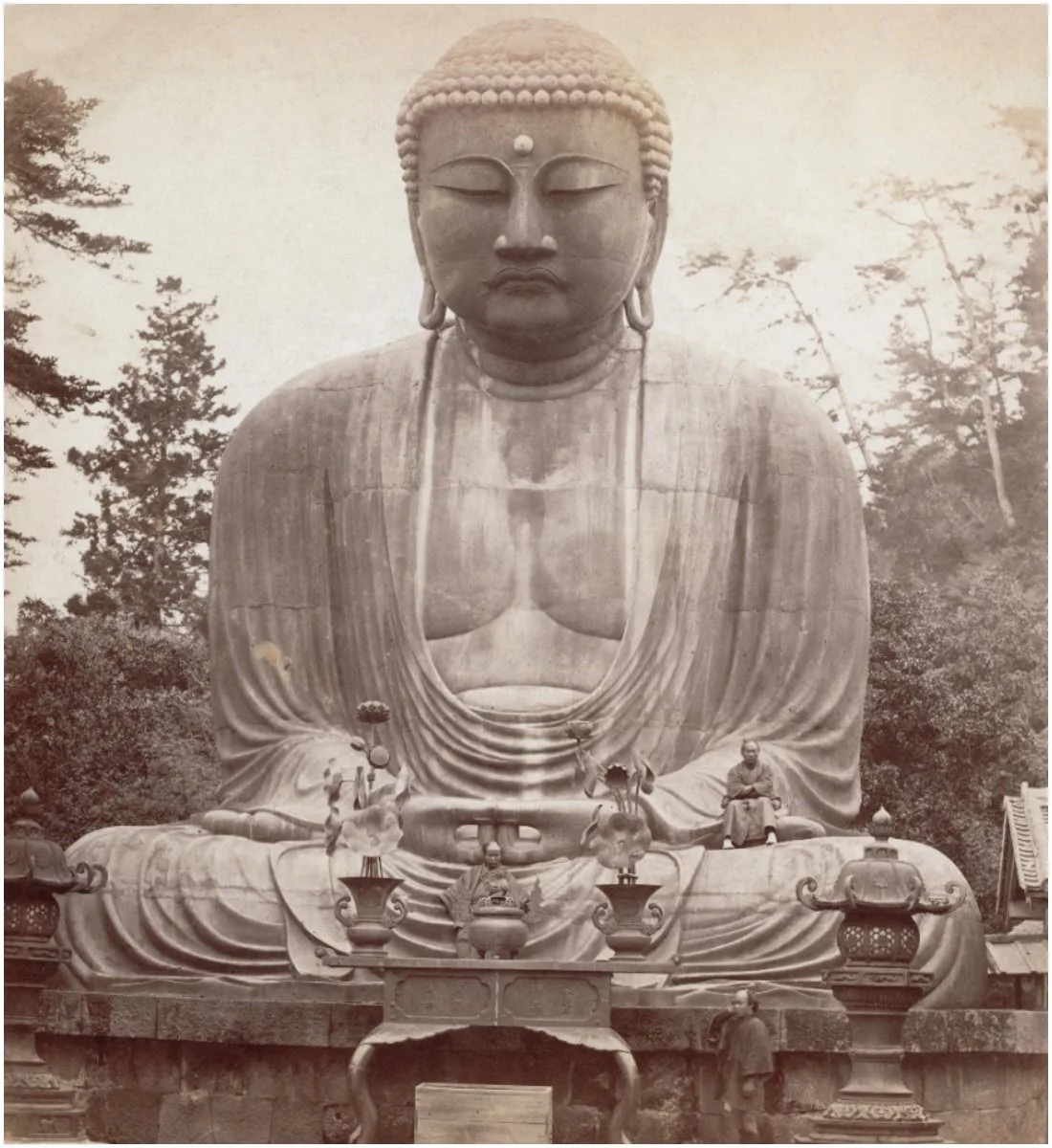The five skandhas are also called aggregates as they work together to produce a mental being.
These aggregates create the illusion of separateness as they give us our sense of individuality.
”The five skandhas represent the constant structure of the human psychology as well as its pattern of evolution and the pattern of the evolution of the world. The aggregates are also related to blockages of different types – spiritual ones, material ones, and emotional ones.” – Chogyam Trungpa Rinpoche’s quote.
Moreover, these five aggregates are not eternal and ultimate in nature but are conditioned.
They arise from circumstances and causes. Like all phenomena, they come and go; endure and change and disappear.
According to the teachings of the Gautama Buddha, a proper understanding of the five aggregates is an essential step towards the attainment of freedom from suffering.
List Of The Five Skandhas (Aggregates):
#1 Material Form (Rupa)
The skandha of the form includes the five physical organs (ear, eye, tongue, nose, body) and the corresponding physical objects of the sense organs (sound, sight, taste, smell, and tangible objects).
Furthermore, we should include the inner-body feelings of thirst and hunger and feeling satiated or having our thirst quenched.
#2 Feeling or Sensations (Vedana)
Sensations are the judgment we pass on a perception we gain through the experience of the six senses.
The skandha of sensation is of three types – pleasant, unpleasant, and indifferent.
According to Buddhist teachings, feelings are important because they are the basis for aversion and attachment, which lie at the heart of many of the conflicts between lay individuals who have not renounced mundane concerns.
#3 Perception (Sanna)
This aggregate is the capacity to recognize and conceptualize things by associating them with other things.
The word “sanna” means “knowledge which puts together.”
On the conceptual level, this represents the recognition of names or identities, and on the sensory level, it represents the discernment of the 5 objects of sense.
For instance, we recognize pants as pants because we associate them with our previous experience with pants.
READ MORE: The Three Gunas
#4 Mental Formations (Sankhara)
Although there are many possible mental states (such as – attention, determination, will, wisdom, energy, confidence, concentration, desire, conceit, hate, ignorance, self-illusion), the Abhidharma teachings (the canon of the Theravada school of Buddhism) speak of 51, which are held to be especially important.
Like feeling and perception, they are of six forms, corresponding to the six senses.
The aggregate of mental formations is linked with karma because volitional acts create karma (means action), just as mind states express intentions, which then lead to action.
Therefore, emotional states cause us to act in specific ways, and those actions cause or affect our karma.
READ MORE: Quotes By Tulku Thondup Rinpoche
#5 Consciousness (Vinnana)
Through consciousness, we perceive our separateness from the surrounding environment, and we process the other skandhas to form a streaming series of thoughts.
It is essential to understand that consciousness depends on the other aggregates and does not exist independently from them.
This aggregate is divided into six forms by way of its bases:
- eye consciousness, which cognizes visual objects;
- ear consciousness, which cognizes sound;
- nose consciousness, which cognizes smell;
- tongue consciousness, which cognizes taste;
- body consciousness, which cognizes tangible sensations;
- mind consciousness, which cognizes objects of outer senses such as sounds or sights as well as mental objects such as concepts, ideas, images, or abstract notions.
”Each individual comes into the world with certain attributes, or skandhas, as the Buddhists call them – ‘conditions of existence’ which we all bring with us at birth. While these are obviously linked to genetic factors, there is also a basic, unique individuality thatȚ is occasionally strangely different from the family pattern, with unaccountable idiosyncrasies.
We know that during life, the present is shaped for an individual by past experiences; reincarnation merely extends this past to include a larger heritage of assimilated experiences.” – Dora van Gelder Kunz’s quote.
Images credit – Shutterstock & Getty Images
READ THIS NEXT: Sushumna, Ida, and Pingala Nadis of the Subtle Body


Gus Gordon
Saturday 7th of November 2020
This seems to admit of the empirical level alone and does not advert to or accept a meta-physical level. Is compassion merely an aggregate?
john
Tuesday 21st of April 2020
yo yo yo yo yo yo yo yo yo yoy